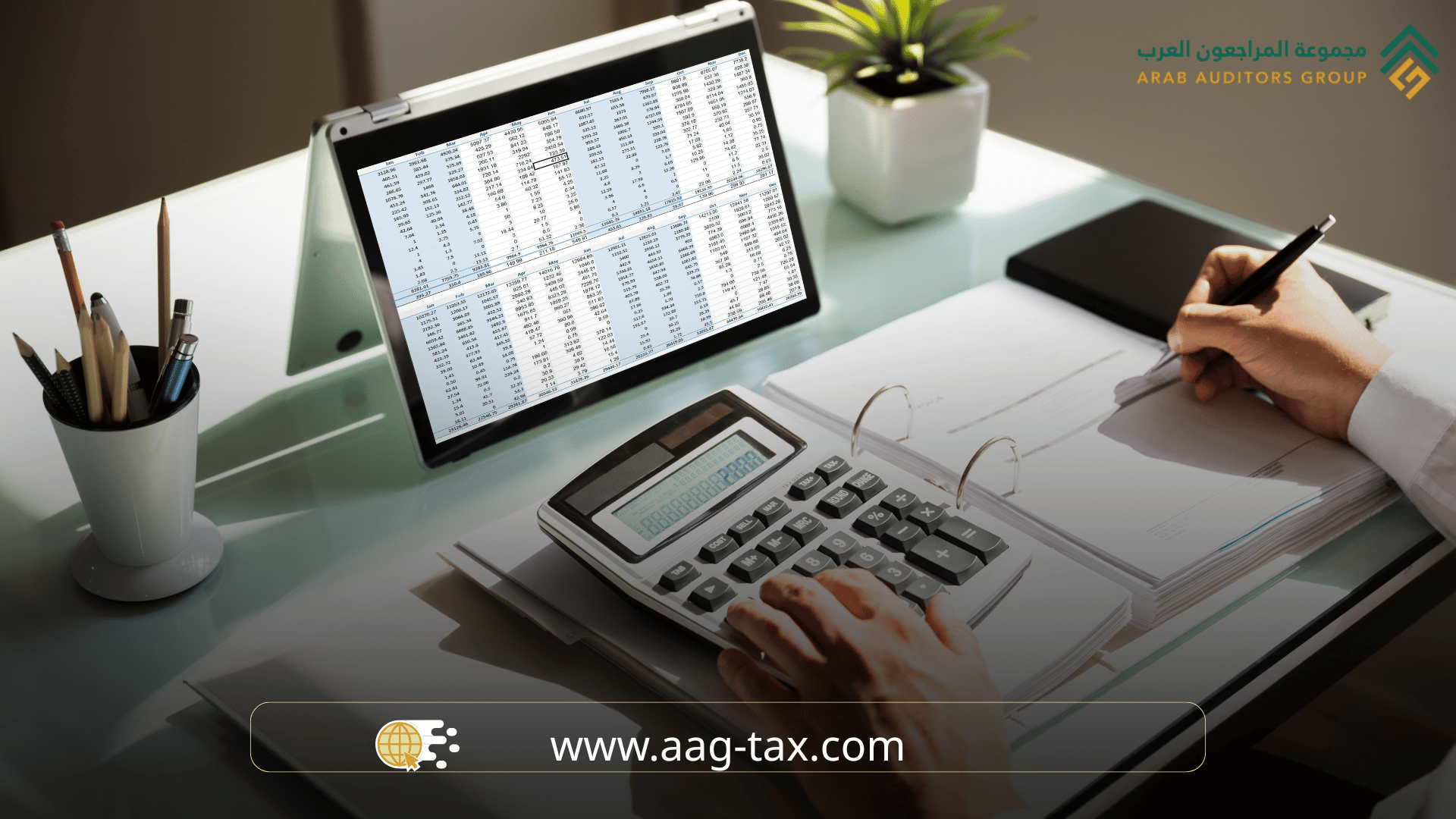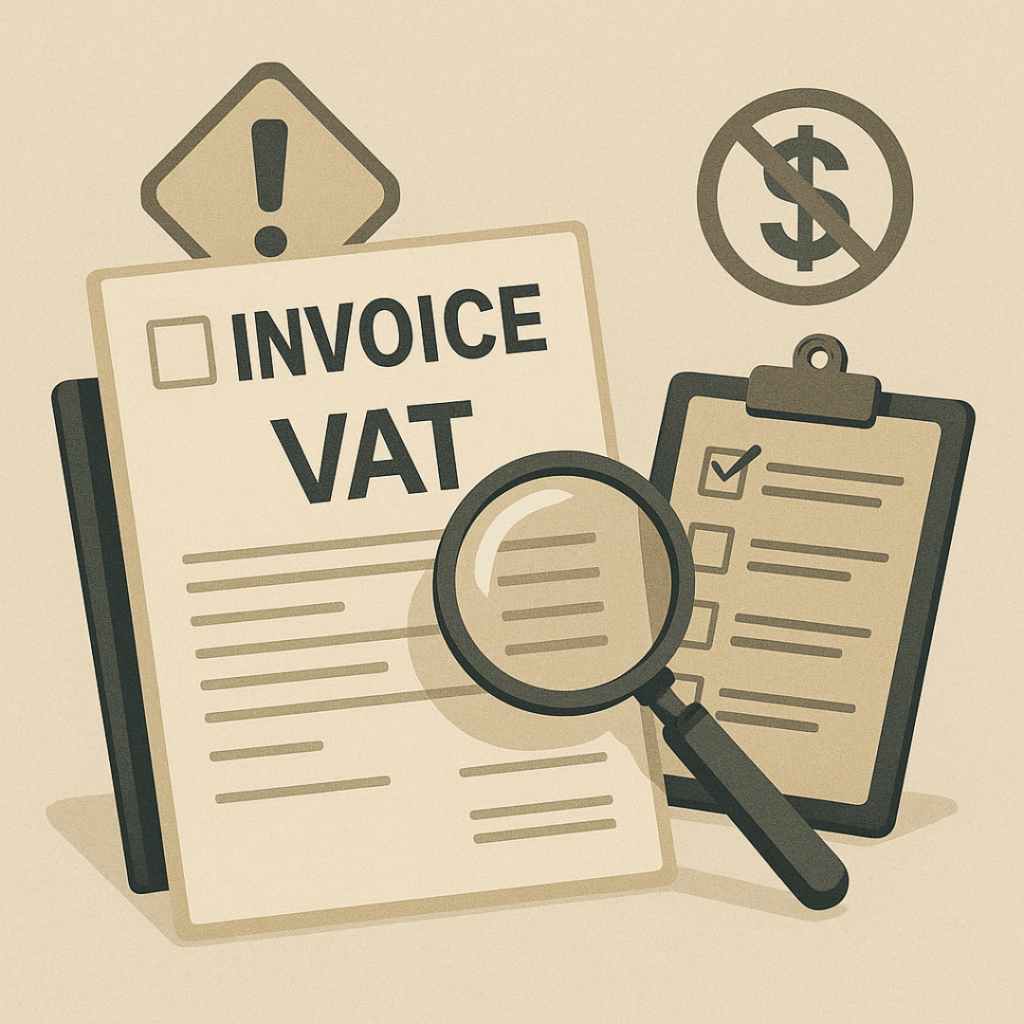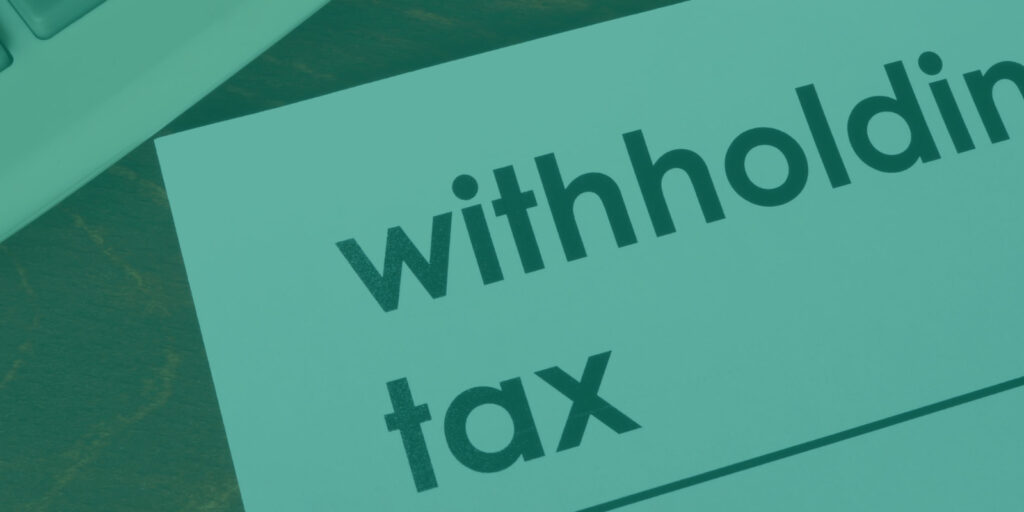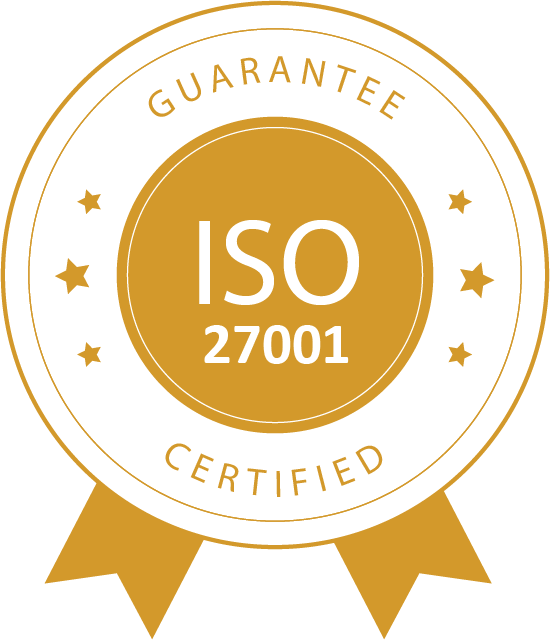🔍 Introduction
Issuing a valid VAT invoice is a legal requirement under Saudi VAT regulations. Businesses that fail to comply may face fines and disputes with clients. A regular self-check process helps prevent errors and ensures compliance with ZATCA’s guidelines.
🧾 What is a Valid Tax Invoice?
A valid VAT invoice is an official document that includes specific mandatory information as defined in the VAT Implementing Regulations. It must be issued for every taxable supply of goods or services.
✅ VAT Invoice Self-Check List:
✅ Clear and unique invoice number
✅ Invoice date matches supply or service date
✅ Supplier name, address, and VAT ID
✅ Customer name and CR or VAT ID (if applicable)
✅ Description of goods/services provided
✅ Value of each item before VAT
✅ Correct VAT rate (15%) and total VAT amount
✅ Total amount including VAT
✅ A clear statement that the invoice is subject to VAT
🚨 Common Mistakes Leading to Penalties:
- Missing VAT registration number
- Incorrect or missing VAT calculation
- Incomplete or incorrect client information
- Mismatched dates between supply and invoice
- Issuing a manual invoice when e-invoicing is required

📌 Practical Tips to Avoid Issues:
- Review each invoice carefully before sending
- Use a ZATCA-approved e-invoicing system
- Train accounting staff on invoicing standards
- Archive all invoices electronically for at least 6 years
Proposed Topic: Common Mistakes in Value-Added Tax (VAT) and How to Avoid Them
🧾 Conclusion
Accurate VAT invoicing is not only a compliance obligation but also a business best practice. A simple checklist can protect your business from penalties and build stronger client trust.








